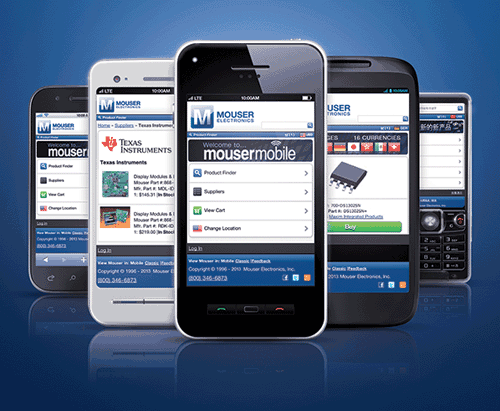In embedded design there is no universal recipe, template, or checklist that a designer can follow, only suggestions and guidelines. Experience is one of the most useful tools the designer can possess; another is a well-defined set of system requirements. Most engineers will probably start with a list of hardware requisites and match those up against selection matrices from different vendors to find a part that has as many wanted features as possible on-chip. This usually involves searching through literature — primarily datasheets and websites — but also includes peer consultations.
Engineers require sufficient information about the various platforms that will allow them to learn how to use the part in question and determine what is actually going on so they can modify the design or apply it in other projects. In practice, however, even engineers with years of experience using one family of products from one manufacturer may have difficulty finding the information they are accustomed to in the documentation of another silicon supplier. This is due to each manufacturer writing documents in differing ways and sometimes even using varying terminology to describe the same specifications.
Another problem is that in the interest of keeping the size of the datasheet manageable, significant implementation — or application-specific data may be located in supplementary documents with names like “Reference Manual” or “Programming Specifications.” These documents — manuals in particular — can run hundreds of pages.

Despite the volumes of documentary material available and due to the complexity of parameters to be taken into account (technology, process/voltage/temperature conditions, standard cell library, tool versions, etc.), and knowing that it is rare that suppliers provide exhaustive specifications for all these parameters when communicating the performance of a part, in many cases an engineer will find it difficult to make a meaningful comparison between different parts relying solely on data given in a supplier’s datasheets.
Another significant shortcoming of datasheets involves the ever-important topic of power. Let’s consider, for example, the MCU. Datasheets usually will give a global idea of dynamic consumption and can be used for an overview of the power consumed by competing solutions, but since no standardized power-benchmarking program for processor cores has emerged and since the measurement conditions can be far from the customer’s application conditions, it may be unrealistic to expect engineers to draw accurate power consumption estimations for a microcontroller based on published specs alone.
For all of these reasons, a distributor can be an engineer’s most valuable design resource, offering single-source access to thousands of product solutions from multiple suppliers.
Recognizing the convenience that the web offers, distributors have embraced it as a means of reaching and serving engineers. Mouser.com, for example, offers thousands of Product, Technology, and Application sites presenting detailed information and downloadable resources about the newest products and the latest technologies. On the site engineers can quickly use block-diagram navigation to source components, plus access product datasheets, videos, white papers, application design notes, articles, and other solution-based content. What’s more, through its BOM tool the company also enables engineers and buyers to choose what product data they want in which columns and export everything into their original spreadsheet with their own custom formatting intact.
Similarly, MouserMobile allows engineers to use their mobile device to search and/or procure nearly two million electronic components, semiconductors and emerging technologies from more than 450 leading suppliers. Engineers and buyers can search for parts by using a product number, a keyword, a category drill-down list, or a parametric filter. They can then view detailed item specifications, pricing and real-time product availability. In all, over 6 million downloadable datasheets, supplier-specific reference designs, application notes, technical design information, and engineering tools are available in the database. All, as Mouser’s Mark Burr-London noted on the facing page, “in a user-friendly format via computer, smartphone, or tablet.” ■
Advertisement
Learn more about Mouser Electronics





